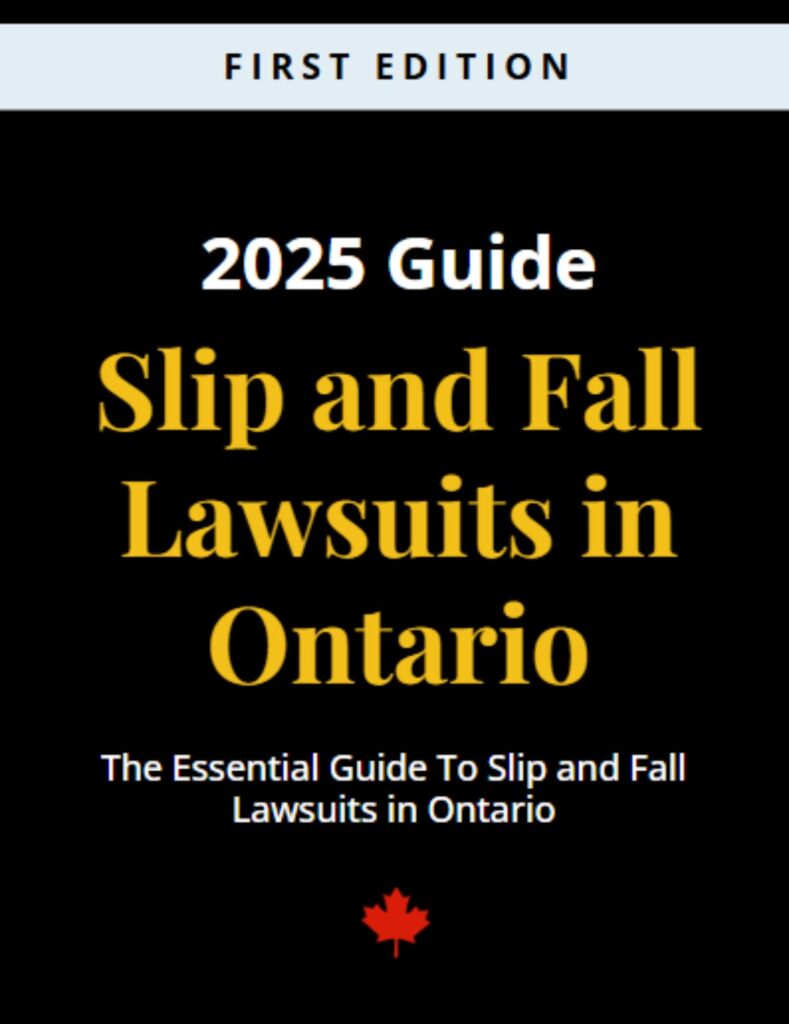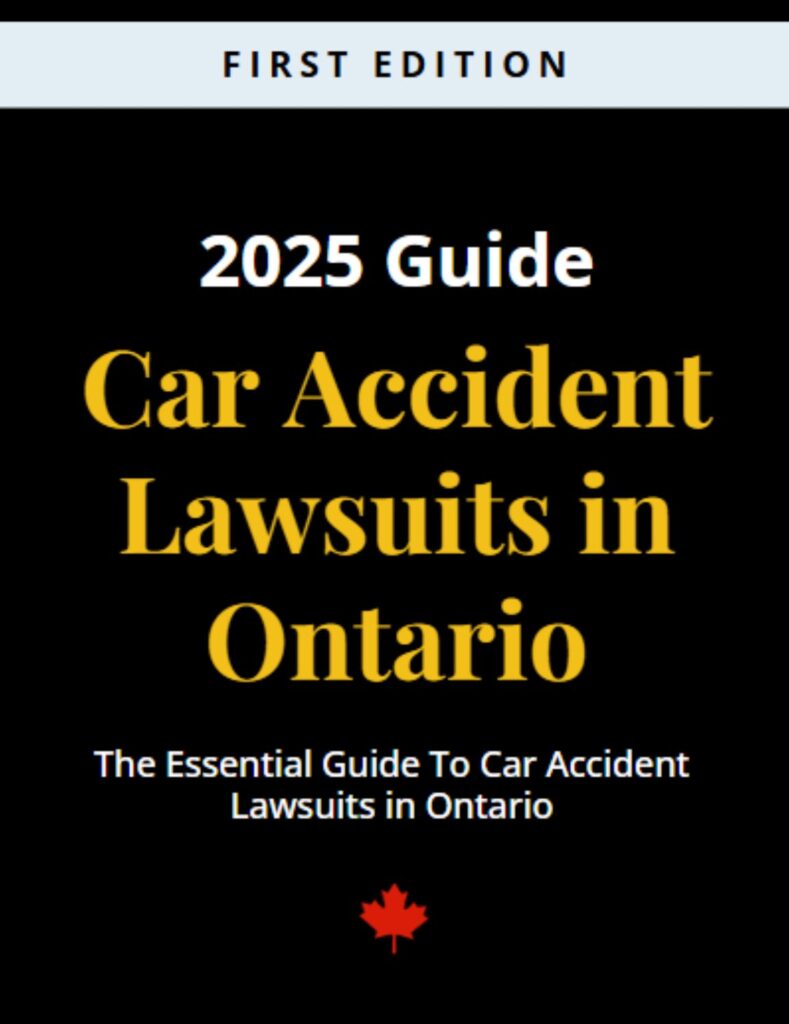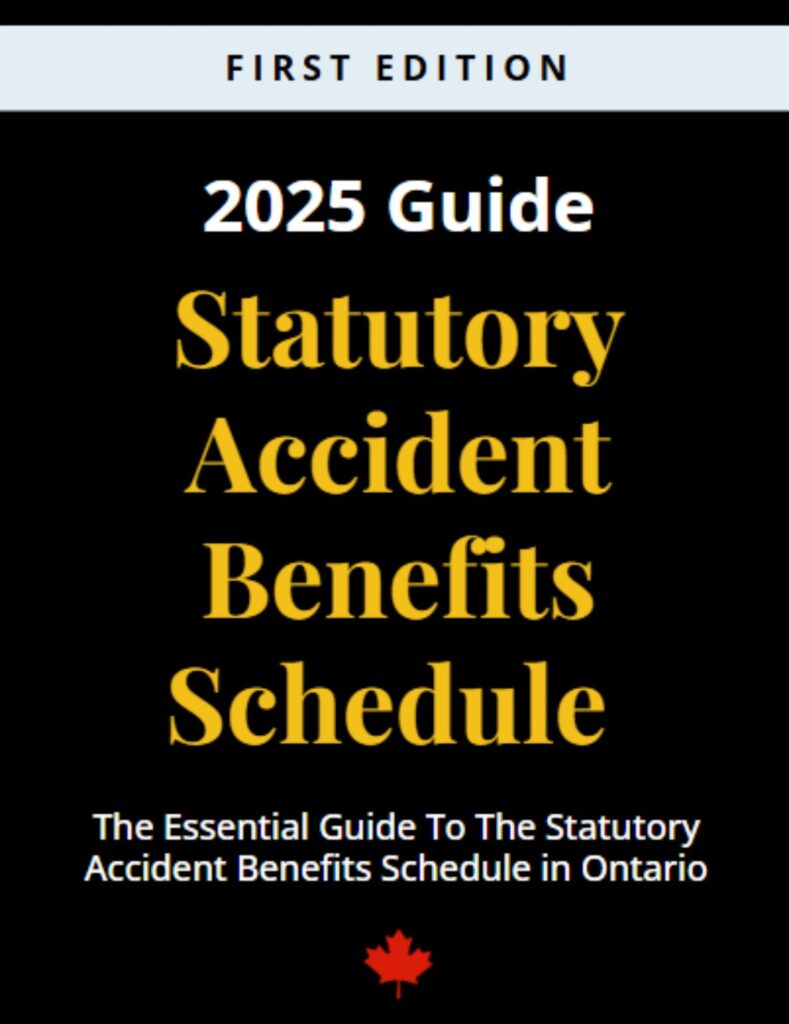Thunder Bay Broken Hips And Pelvis Lawyer
Find out if you have a case today.
Contact our Thunder Bay personal injury lawyers for a free consultation if you have legal questions regarding your personal injury claim.
Table of Contents
No broken bone is a minor injury, but a broken hip or pelvis is particularly major. These injuries directly impact your mobility, severely affecting the other areas of your life, such as your ability to drive, work, care for your children, or even complete simple household chores.
You may think of broken hips as injuries that only impact the elderly, but these serious injuries can occur in people of any age as a result of an accident. This is particularly true of high impact accidents, such as pedestrians struck by vehicles, though simple falls can result in broken hips under the right circumstances.
A broken pelvis not only indicates damage to the bones but can cause injuries to other organs in the abdomen, as well. The pelvis provides structure, keeping organs in their proper places. When the pelvis is broken, organs in the pelvic region may be compressed or shifted out of their proper place. The blood vessels, nerves, and muscles that run through the pelvic ring are also at risk for being shifted, pinched, or otherwise damaged by the break.
Diagnosing The Break
After a severe fall or accident, you should be checked over by a doctor to determine whether or not you have any injuries. This will begin with a physical exam. Although your doctor will perform x-rays to confirm the details of the break, there are some tell-tale signs that you have experienced a break in your hip or pelvis, including:
- Sharp pain in your groin, hip, or lower back
- Inability to put your full weight on the affected leg
- Swelling
- Bruising or tenderness in the area
- Numbness or tingling in your legs or groin
Due to the potential for the involvement of organs and nerves in the damage, it is not unusual for your doctor to order a CT scan as well. This scan will give your doctor a clearer image of the break, as well as of any associated injuries.
In some cases, you may not notice any symptoms immediately after the accident, either due to your body’s production of adrenaline or the break being relatively minor. This does not mean that your broken hip or pelvis was not caused by the accident.
LET US PUT OUR EXPERTISE TO WORK FOR YOU
Tell Us What Happened
Since 1959, we’ve helped thousands of Canadians get the compensation they deserve with their personal injury claims. One of Canada’s oldest personal injury law firms, personal injury law is exclusively what we do. Book a free consultation today with our top-rated personal injury lawyers.
Our team is available 24/7 to speak with you.

Repair And Treatment
Although hip and pelvic breaks impact the same region of the body, treatment varies widely. The one common factor is restricted mobility. This allows your bone the rest needed to properly heal. However, remaining immobile for extended periods of time can also put you at risk for further complications, such as blood clots, bedsores, urinary tract infections, and pneumonia.
A broken hip will typically require surgery. Depending on the precise location and severity of the break, your doctor will use some combination of pins, screws, and plates to hold the bone in place.
Pelvic breaks, on the other hand, do not always require surgery. If the pelvis break is a simple one and the bones still line up properly, then treatment is likely to involve reducing or eliminating weight-bearing activities on the affected leg using crutches or a wheelchair. This allows the bone time to heal and regrow. More complex breaks or breaks in which the bone has also become dislocated or misaligned from the rest of the pelvis will require surgery. Depending on your specific case, your doctor may opt to use devices such as pins to hold the bones in place internally or to use removable, external supports to keep your pelvis aligned as it heals.
Covering Your Costs
You may be able to recover your expenses from the at-fault party’s insurance company through a simple insurance claim. However, remember that insurance companies are out to protect their bottom line, so they will offer you less than you need and deserve. If you cannot come to an agreement with the insurance company, then you will need to file a personal injury lawsuit. Subject to the discoverability principle, there is a two-year time limit in which to file your suit in Ontario, which begins from the date of the injury. Your lawyer will help you to calculate the amount in damages you should seek by adding together expenses such as:
- Lost wages
- Lost future earning capacity
- Medical expenses
- Future medical expenses
- Pain and suffering
Recovering compensation for your expenses requires that you be able to prove that the damages you are seeking were the direct result of the accident. The insurance company’s legal team will be looking for any evidence that your injuries might have existed prior to the accident or been caused by some other event. In broken hip and broken pelvis cases, opposing lawyers may request medical records to look for evidence of osteoporosis. Osteoporosis is a common underlying cause of these fractures, so do not be surprised to find yourself defending against claims that you have a pre-existing condition which is responsible for your injury, rather than the accident.
You will also need to show that the person you claim was at fault caused the accident. This may also mean proving that your actions did not primarily cause the accident. It is possible to be found partially at fault and still recover some damages, though. The defendant may claim contributory negligence, meaning that your actions aided in causing the accident. If the court agrees, the amount you can recover will be reduced by your degree of fault.
Contact A Thunder Bay Lawyer
Preszler Injury Lawyers may be able to help you fight for the compensation you need to pay your bills and get back on your feet. Contact us today to schedule a consultation.
Do you live in Thunder Bay? Here’s how we can help:
Proudly Canadian
Award Winning Personal Injury Law Firm
We are proud to be one of Canada’s oldest and long-standing personal injury law firms. Since 1959, we have been providing exceptional legal services and have established ourselves as leading personal injury lawyers in the Canadian legal community. It’s not just the awards that recognize our achievements, but also the wins we’ve achieved for thousands of Canadians with their personal injury claims.
More personal injury Topics
Here’s more information on personal injury related topics that we think you might find helpful.

personal injury
|
January 23, 2024
Injured as a Worker in Ontario? A WSIB Claim Isn’t Necessarily Your Best— Or Only— Option
In Ontario, the compensation of workers who sustain injuries or illnesses in the course of their employment is governed by the Workplace Safety and Insurance…

personal injury
|
December 7, 2023
Does a Child Have the Right to Sue for Personal Injury?
As much as parents and guardians do everything they can to keep children safe and protected from dangerous situations, there are occasions when a child…

personal injury
|
October 10, 2023
Gain Peace of Mind Through a Structured Settlement
The phrase “structure binds anxiety” is often used by psychologists to help people suffering from anxious feelings and intrusive thoughts. This maxim’s aim is to…
More personal injury Video Resources
We also have some videos on the topic of personal injury claims
personal injury FAQs
Here are some commonly asked questions for personal injury claims
How long does it typically take to resolve a personal injury case in Ontario?
Timelines vary. Some cases resolve in months, while others take years if litigation becomes necessary. Factors include injury severity, available evidence, and how insurers respond.
Can I still make a claim if the accident was partially my fault?
Yes. Ontario’s contributory negligence rules allow claims even if you share some fault. Your compensation may be reduced based on your percentage of responsibility.
What should I do immediately after a personal injury accident?
Seek medical care, report the incident, collect witness details if possible, and keep copies of medical and expense records. Contacting a lawyer early helps protect your rights.
How much does it cost to hire a personal injury lawyer in Mississauga?
We work on a contingency basis. You don’t pay upfront, and fees are collected only after your case concludes.
Do I need a lawyer if the insurance company is handling my claim?
Insurance companies don’t always act in your best interest. Our lawyers ensure your rights are protected and that all available damages are pursued.
Do I need a lawyer if the insurance company has made an offer?
Insurance companies often make low offers hoping victims will accept quickly. A lawyer reviews your case to determine whether the offer reflects your losses.
What is a contingency fee agreement?
A contingency fee agreement means you do not pay any legal fees upfront. Your lawyer covers the costs of building and pursuing your case. We only collect a pre-agreed percentage of the final amount if we successfully recover compensation for you through a settlement or court award. If we do not win your case, you owe us nothing for our time.
Why is it important to document my injuries and recovery process?
Keeping a simple journal helps track how your injuries affect your daily life. Note your pain levels, medical appointments, missed work or social activities, and any challenges you face with personal care or household chores. This documentation provides powerful evidence to support your claim for pain, suffering, and loss of enjoyment of life.
INJURED IN AN ACCIDENT IN THUNDER BAY?
Call Our Personal Injury Lawyers Now
We’re here to help 24/7
Find out if you have a personal injury case and what your next steps should be, at no cost to you.






